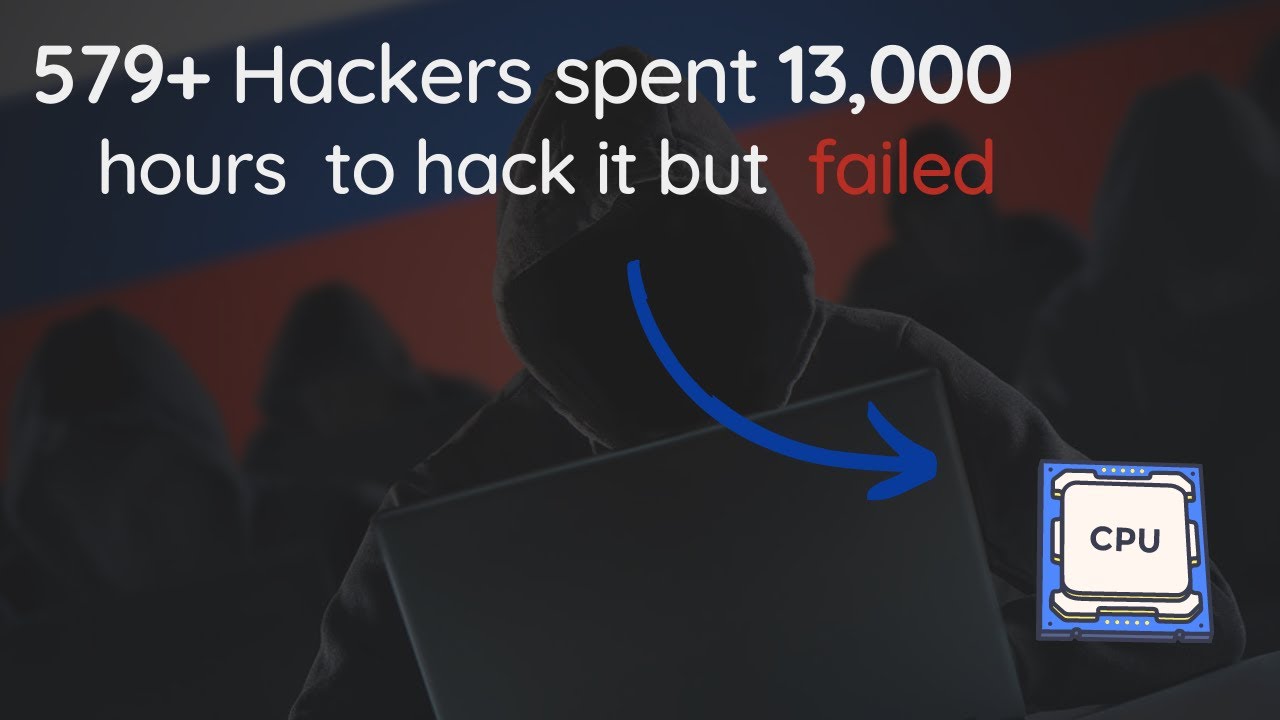Exploit Code Released for Critical Fortinet RCE Bug
Researchers have released details for how to exploit a critical remote code execution (RCE) bug in Fortinet’s FortiNAC product, which allows an unauthenticated attacker to write arbitrary files on the system and achieve RCE as a root user.
Organizations use FortiNAC as a network access control solution to oversee and secure all digital assets connected to the enterprise network. The product can be used to manage a range of devices, including: corporate endpoints, Internet of Things (IoT), operational technology and industrial control systems (OT/ICS), and connected medical devices (IoMT), among others. The idea is to provide visibility, control, and automated response for everything that connects to the network, and as such, the device offers a golden opportunity for attackers to pivot and move deep into networks, enumerate environments, steal sensitive information, and more.
Researchers at Horizon3.ai released a blog post with a technical analysis of and proof of concept (POC) exploit for the vulnerability, tracked as CVE-2022-39952, and revealed and patched by Fortinet last week. They subsequently released the exploit code on GitHub.
Fortinet’s Gwendal Guégniaud discovered the vulnerability, which earned a critical rating of 9.8 on the CVSS vulnerability-severity scale. The bug allows attackers to take external control of a file name or path vulnerability in the FortiNAC Web server, Fortinet said in its advisory, thus allowing unauthenticated arbitrary writes on the system.
Fortinet has patched in its affected product versions, with customers urged to update to FortiNAC version 9.4.1 or above, FortiNAC version 9.2.6 or above, FortiNAC version 9.1.8, or FortiNAC version 7.2.0 or above.
How to Exploit the Fortinet FortiNAC Flaw
While there are several ways for attackers to obtain RCE by exploiting arbitrary file write flaws, the researchers wrote what’s called a “cron job to /etc/cron.d/” to take advantage of the vulnerability, they said.
The researchers extracted filesystems from both the vulnerable and patched versions of the product to examine the flaw, finding that Fortinet removed an offending file called /bsc/campusMgr/ui/ROOT/configWizard/keyUpload.jsp in the update that…





